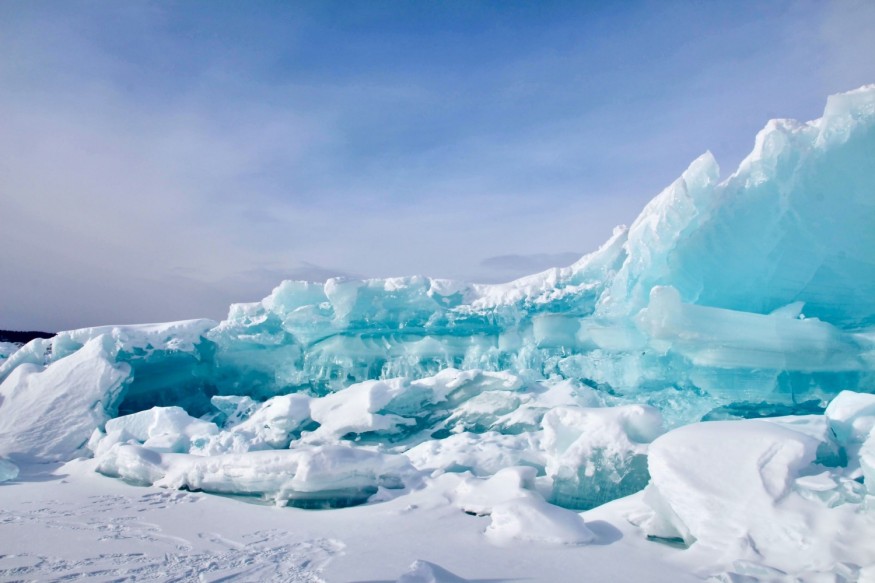Climate change involves human-caused greenhouse gas emissions and the associated large-scale weather pattern shifts.
With rising temperatures and significant climate alterations anticipated for Antarctica in the next years, the ice continent may suffer huge casualties. According to reports, a massive ice berg the size of twice the size of Chicago came dangerously close to colliding with Antarctica and could have caused a global tragedy.
Classification and Information of the A-74

A-74, at 1,270 square kilometers (490 square miles), is one of the world's largest free-floating icebergs (the largest is the iceberg A-76 which calved earlier this year and covers 4,320 square kilometers).
A-74 is the iceberg in discussion. It was previously connected to Antarctica, but it broke free into open waters in February as a result of a huge break that blasted through the Brunt ice shelf in a matter of months.
The iceberg then remained near to its original position for the previous six months, because of the prevailing ocean currents in the area; but, in early August, strong easterly winds caused the iceberg to move southwards and spin around, changing its route and direction.
As it moves southwards, reporters noticed that a gigantic piece was ripped of the Brunt Ice Shelf. According to geophysicist Mark Drinkwater from ESA, "If the berg had collided more violently with this piece, it could have accelerated the fracture of the remaining ice bridge, causing it to break away. We will continue to routinely monitor the situation using Sentinel satellite imagery."
A-74 is one of the world's largest free-floating icebergs, measuring 1,270 square kilometers (490 square miles) (the largest is the iceberg A-76 which calved earlier this year and covers 4,320 square kilometers). According to the ESA, if A-74 had made a direct hit on the Brunt ice shelf, a new iceberg the size of 1,700 square kilometers (656 square miles) may have formed.
Furthermore, Mark Drinkwater stated why these satellite images are critical for determining what's going on in Antarctica on a large scale: the integrated radar equipment can survey the most remote places at any time of day or night, in any weather condition.
The Haily VI Research Station
In a climate-sensitive zone, the Halley Research Station is an internationally significant platform for global earth, atmospheric, and space weather observation. Halley VI is the world's first re-locatable research center, built atop a floating ice shelf in the Weddell Sea. This award-winning and innovative research station provides scientists with cutting-edge laboratories and living quarters, allowing them to investigate pressing global issues such as climate change and sea-level rise, as well as space weather and the ozone hole, which was first discovered in 1985 at Halley.
According to ESA, "Halley is made up of eight interlinked pods built on skis which allows the pods to be easily moved in case of unstable ice or new chasms forming on the ice shelf."
Scientists need all the knowledge they can gather on how Antarctic ecosystems, as they may fracture in the coming years as the global climate disaster continues to unfold. For the time being, the icebergs will continue to emerge.
© 2025 NatureWorldNews.com All rights reserved. Do not reproduce without permission.





